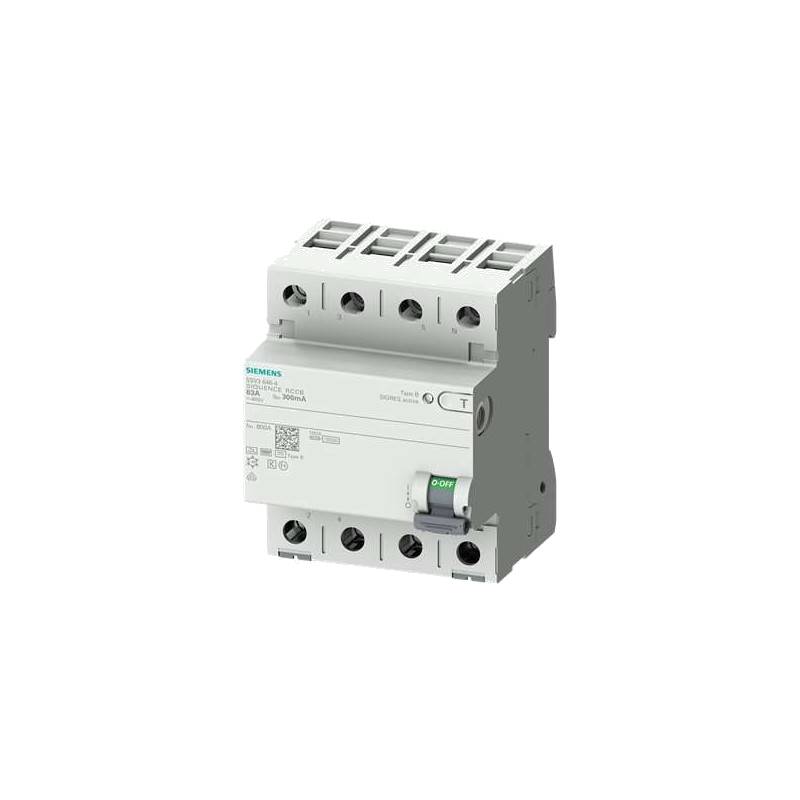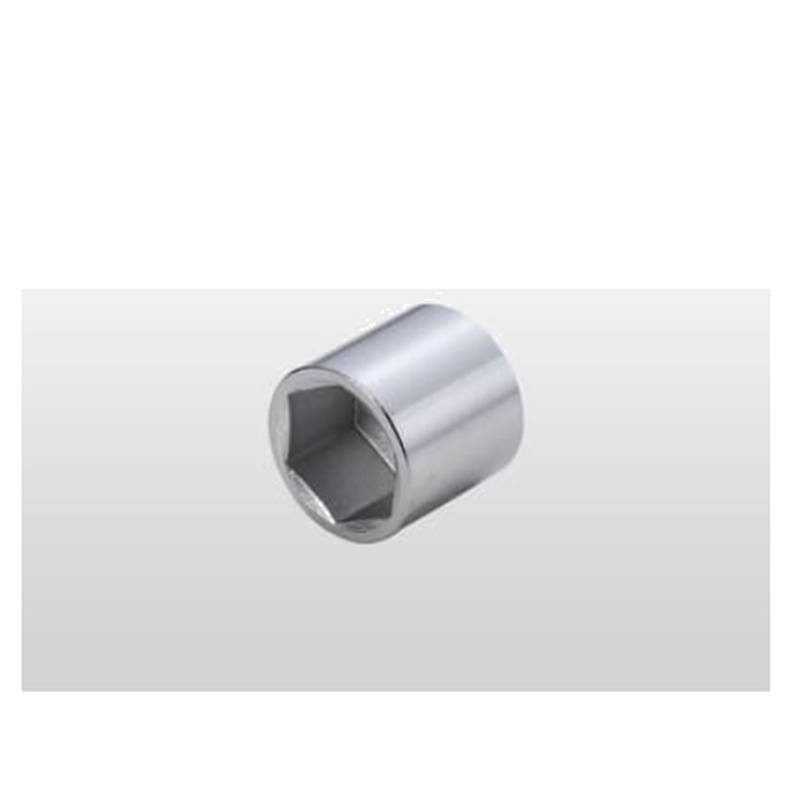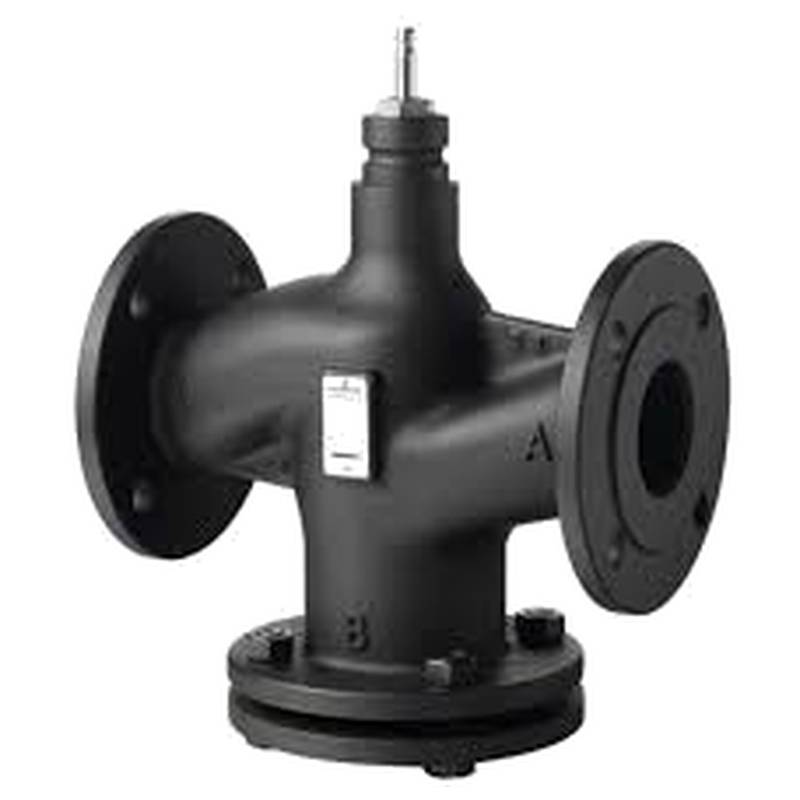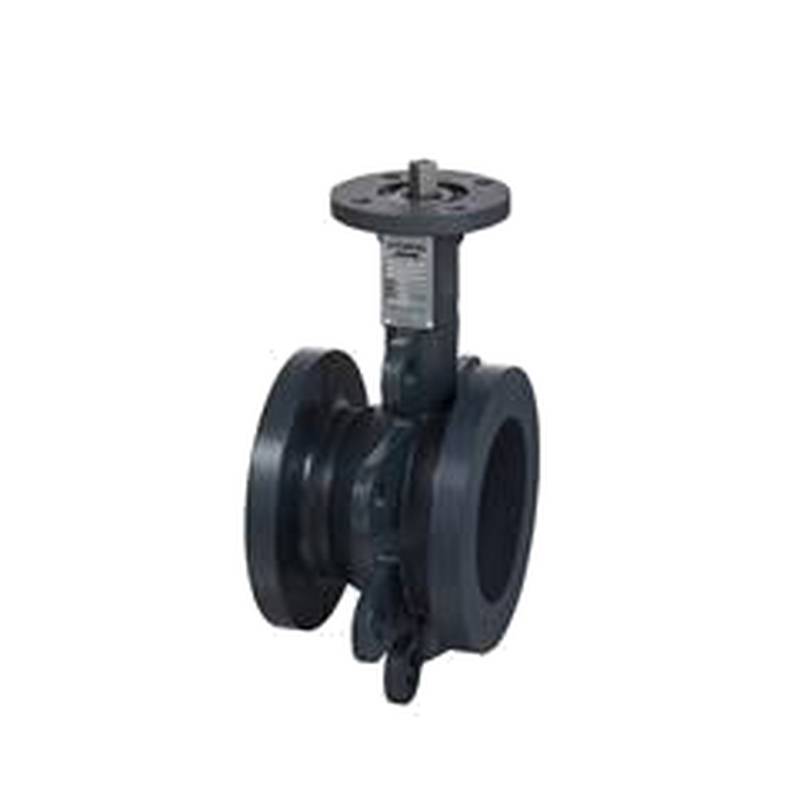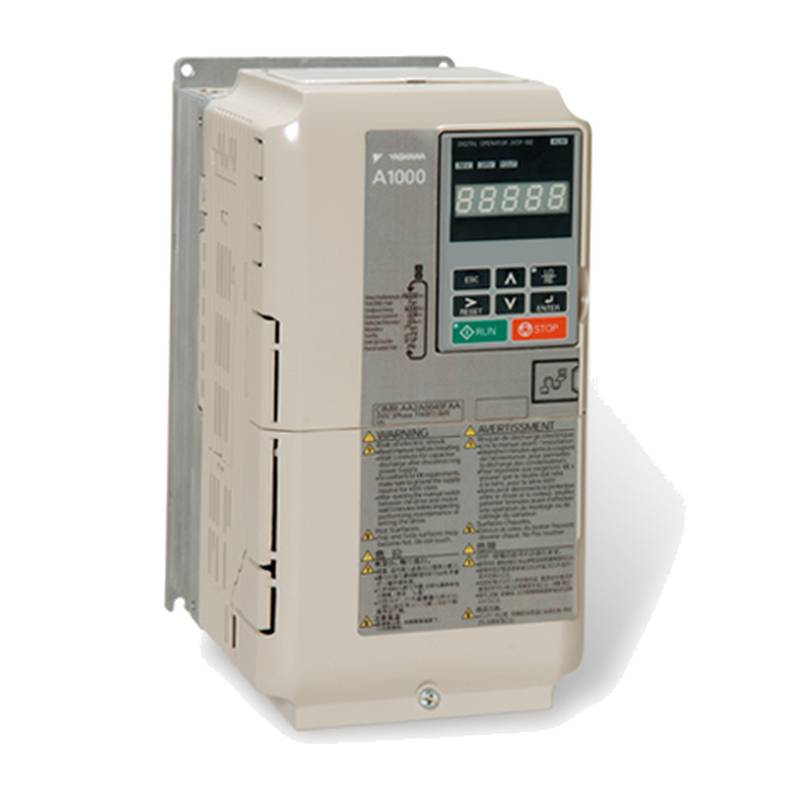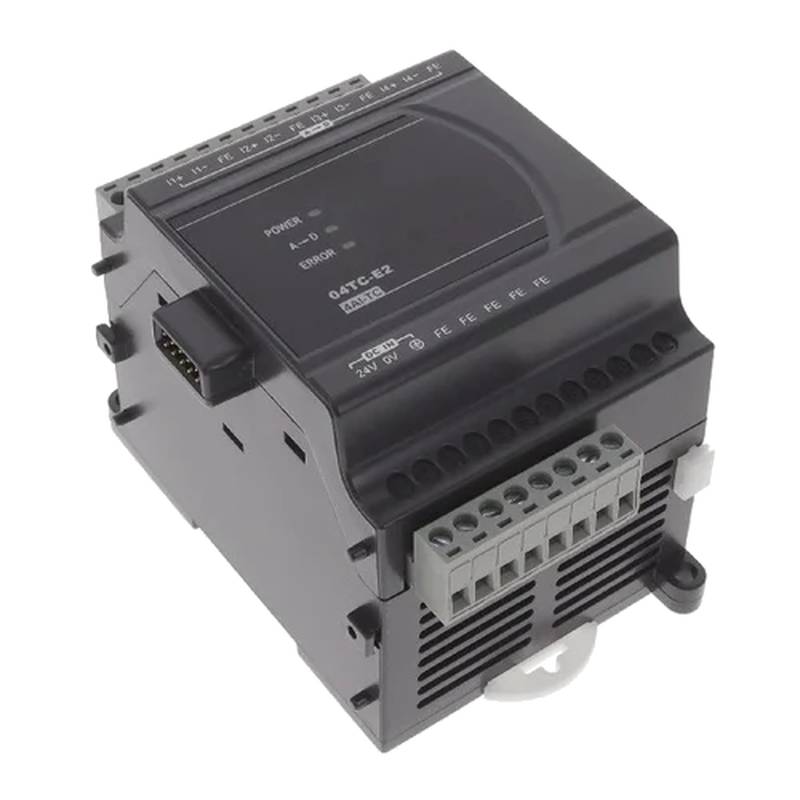
The Siemens 5SY6103-8CC D-Type Motor Specific Circuit Breaker, a single-pole 3A device, is engineered for robust motor protection in demanding industrial environments. Its key advantages lie in its specialized D-curve tripping characteristic, designed to handle high inrush currents typical of motor startups without nuisance tripping, ensuring operational continuity. Core features include a 6kA switching capacity according to IEC 60898 standards, a 230/400V rated voltage, and an IP20 protection class, making it suitable for panel installations. The 5SY6103-8CC offers reliable protection against overloads and short circuits, crucial for safeguarding motor assets and preventing costly downtime.
Product Specifications
| Specification | Value |
| :------------------------ | :---------------------------------------- |
| Product Number | 5SY6103-8CC |
| Product Type | Miniature Circuit Breaker |
| Poles | 1P |
| Rated Current | 3A |
| Tripping Characteristic | D-Type |
| Rated Voltage | 230/400V AC |
| Switching Capacity (IEC) | 6kA (IEC 60898) |
| Switching Capacity (IEC) | 30kA (IEC 60947-2) |
| Overvoltage Category | III |
| Degree of Pollution | 3 |
| IP Protection Class | IP20 (with connected conductors) |
| Mechanical Service Life | 10,000 operating cycles (typical) |
| Energy Limitation Class | 3 |
| Weight | Approx. 0.161kg |
| Installation Dimension | 70mm depth |
| Halogen-Free | Yes |
| Sealable | Yes |
| Silicon-Free | Yes |
| Supplementary Devices | Installable |
Core Features & Market Positioning
The Siemens 5SY6103-8CC D-Type circuit breaker distinguishes itself through its D-curve tripping characteristic, a critical differentiator for motor protection applications. This specialized curve provides a higher magnetic tripping range (typically 10-20 times the rated current) compared to standard B or C curves. This allows it to withstand the significant, transient inrush currents experienced during motor start-up, thereby preventing unnecessary circuit interruptions and enhancing operational reliability. Its robust construction and adherence to international standards like IEC 60947-2 and EN 60898 underscore Siemens' commitment to quality and safety in industrial electrical distribution. Positioned as a dependable solution for safeguarding motors, it competes effectively against other manufacturers offering specialized motor protection circuit breakers, emphasizing durability and precise tripping for sensitive equipment.
Key Application Scenarios
This 1P 3A D-Type circuit breaker is primarily deployed in industrial and mechanical engineering settings where the protection of electric motors is paramount. Its specific D-curve is ideal for circuits supplying inductive loads, such as induction motors, pumps, compressors, and fans, which exhibit high momentary current draws upon energization. Applications include control panels for manufacturing machinery, HVAC systems, material handling equipment, and other industrial automation processes. The 3A rating makes it particularly suitable for smaller to medium-sized motors or specific circuits within larger motor control centers (MCCs) that require tailored protection against overloads and short circuits, ensuring uninterrupted operation and equipment longevity.
Practical System Integration Guidance
Integrating the Siemens 5SY6103-8CC involves ensuring proper termination of conductors to the top or bottom terminals, accommodating a secure connection. Its standard DIN rail mounting allows for straightforward installation within distribution boards and control cabinets. Compatibility with Siemens' range of supplementary devices, such as auxiliary contacts or remote trip units, offers enhanced monitoring and control capabilities. For system designers, understanding the D-curve's behavior is essential; it requires careful consideration of the motor's inrush current to select the appropriate breaker rating, ensuring protection without false tripping. The breaker is also sealable, allowing for tamper-proof installations in critical applications.
Operation and Risk Mitigation
Operation of the Siemens 5SY6103-8CC is straightforward, with a manual toggle for switching circuit protection on or off. The primary risk mitigation stems from its inherent design: the D-curve tripping characteristic provides essential protection against overloads, which can overheat and damage motor windings, and short circuits, which pose a significant fire and equipment damage risk. In the event of a fault, the breaker will trip, interrupting the circuit and preventing further damage. While specific fault codes are not typically associated with miniature circuit breakers, clear visual indication of the tripped state (toggle in the off position) allows for immediate identification of a fault. Standard troubleshooting involves visually inspecting the circuit for the cause of the overload or short circuit before resetting the breaker.
Scalability & Long-Term Value
The Siemens 5SY6103-8CC offers significant long-term value through its compatibility with the broader Siemens SENTRON product ecosystem. This allows for seamless integration into existing or new Siemens-based electrical installations, facilitating system expansion and upgrades. Its ability to accept installable supplementary devices enhances its functionality, enabling integration with modern industrial control and monitoring systems. While the circuit breaker itself is a protection device, its robust design and Siemens' reputation for quality ensure a long operational lifespan, minimizing the need for frequent replacements. This reliability, coupled with its adaptability to evolving system requirements, positions it as a cost-effective solution for long-term motor protection strategies.
Frequently Asked Questions (FAQs)
Q1: What is the primary function of a D-Type circuit breaker like the Siemens 5SY6103-8CC?
A D-Type circuit breaker, such as the Siemens 5SY6103-8CC, is specifically designed to protect electrical circuits and equipment from overcurrents, including overloads and short circuits. Its defining feature is the D-curve tripping characteristic, which allows for higher inrush currents than standard breakers. This makes it ideal for applications involving equipment with high starting currents, such as electric motors.
This specialized tripping behavior prevents nuisance tripping during the initial start-up phase of motors. The D-curve typically trips magnetically between 10 to 20 times the rated current. This precise response ensures that the motor receives the necessary power surge to start while still providing robust protection against sustained overcurrents that could cause damage.
The Siemens 5SY6103-8CC, with its 3A rating, is particularly suited for smaller motors or specific motor circuits within larger systems that require this type of specialized protection. Its reliable performance ensures operational continuity and safeguards valuable motor assets from electrical faults.
Q2: Can the Siemens 5SY6103-8CC be used for general lighting circuits?
While the Siemens 5SY6103-8CC is a capable circuit breaker, its D-Type characteristic makes it less ideal for general lighting circuits. General lighting loads typically have low or negligible inrush currents, meaning a standard B-Type or C-Type circuit breaker would offer sufficient and more economical protection. Using a D-Type breaker for such applications might lead to unnecessary cost without a significant benefit in protection.
The D-Type's high inrush tolerance is specifically beneficial for inductive loads like motors. For lighting, where inrush is not a concern, a standard breaker's faster response to lower overcurrents could be more appropriate. Selecting the correct tripping characteristic ensures optimal protection and cost-effectiveness for each specific application.
Therefore, it is generally recommended to use B or C curve breakers for lighting circuits to match the load characteristics accurately. The 5SY6103-8CC is best reserved for motor applications or other loads with high starting current requirements.
Q3: What are the main advantages of using Siemens circuit breakers?
Siemens circuit breakers are renowned for their high quality, reliability, and advanced technology, stemming from decades of engineering expertise. They are manufactured to stringent international standards, ensuring consistent performance and safety across their product lines. The Siemens brand is synonymous with durability and longevity in industrial environments.
The SENTRON product range, which includes breakers like the 5SY6103-8CC, offers excellent protection for electrical installations and equipment. Features like precise tripping characteristics, robust construction, and compatibility with a wide array of accessories enhance their functional value. Siemens also provides comprehensive technical support and documentation, aiding in selection and installation.
Furthermore, Siemens is a leader in sustainable manufacturing and product design, often incorporating features like halogen-free materials and energy-efficient operation into their devices. This commitment to innovation and environmental responsibility adds significant long-term value for users investing in Siemens electrical components.
Q4: How do I determine the correct amperage rating for a motor circuit breaker?
Determining the correct amperage rating for a motor circuit breaker involves several factors, primarily related to the motor's full-load current (FLC) and its starting characteristics. You must consult the motor's nameplate for its FLC, usually listed in amps. The circuit breaker's rating should typically be at least 125% of the motor's FLC to accommodate continuous operation without nuisance tripping.
However, the selection is also heavily influenced by the circuit breaker's tripping characteristic (e.g., D-Type for motors). The D-Type breaker's ability to handle high inrush currents is crucial. For motor protection, the breaker rating should be chosen such that it protects against overloads while reliably allowing the motor to start.
Standards and local electrical codes provide specific guidelines for motor circuit breaker sizing. It's essential to cross-reference the motor FLC, the breaker's D-curve specifications, and any applicable regulations to ensure both effective protection and operational reliability for the motor. Consulting an electrical engineer is advised for complex installations.
Q5: What does "D-Type" mean in the context of the Siemens 5SY6103-8CC?
"D-Type" refers to the specific tripping characteristic of the circuit breaker, as defined by international standards like IEC and EN. This characteristic dictates the range of current at which the breaker's magnetic tripping mechanism will activate. For D-Type breakers, this magnetic trip occurs at a significantly higher multiple of the rated current compared to B or C types.
Specifically, D-Type breakers are designed to handle high inrush currents, which are transient surges of current that occur when certain types of equipment, most notably electric motors, are switched on. These inrush currents can be many times the normal operating current but last only for a very short duration.
The Siemens 5SY6103-8CC's D-Type designation signifies its suitability for motor applications because it can withstand these momentary high currents without tripping prematurely. This ensures reliable motor startups while still providing essential protection against dangerous overloads and short circuits.
Q6: Is the Siemens 5SY6103-8CC suitable for use in residential buildings?
The Siemens 5SY6103-8CC is generally not intended or recommended for use in standard residential buildings. Its D-Type tripping characteristic is specifically designed for industrial and commercial applications involving equipment with high inrush currents, such as electric motors. Residential electrical systems typically utilize B or C-Type circuit breakers, which are more suited for the types of loads found in homes (lighting, appliances, general outlets).
Using a D-Type breaker in a residential setting for standard circuits could lead to unnecessary over-specifying and may not align with standard residential electrical code requirements. Residential installations prioritize different protection parameters that are adequately met by B or C curve breakers.
While it's technically possible to install it, it deviates from standard practice and may not offer the most efficient or cost-effective protection for typical household electrical loads. It's crucial to adhere to local electrical codes and use the appropriate breaker type for residential applications.
Q7: What is the switching capacity of the Siemens 5SY6103-8CC?
The Siemens 5SY6103-8CC has a rated switching capacity of 6 kA according to EN 60898 standards, which is commonly used for circuit breakers in residential and small commercial applications. More importantly for industrial settings, it also boasts a higher switching capacity of 30 kA according to IEC 60947-2 standards. This higher rating signifies its ability to safely interrupt much larger fault currents without damage to the breaker or the connected system.
The 30 kA rating under IEC 60947-2 is particularly relevant for industrial environments where fault currents can be significantly higher due to the presence of large transformers or generators. This robust interrupting capacity ensures that the breaker can effectively isolate faults, preventing extensive damage to downstream equipment and minimizing safety hazards.
This dual rating reflects the breaker's versatility and its adherence to different sets of international standards. The higher IEC 60947-2 rating emphasizes its suitability for more demanding industrial applications where fault levels are a critical consideration.
Q8: Can I install additional accessories or supplementary devices on the 5SY6103-8CC?
Yes, the Siemens 5SY6103-8CC is designed to be compatible with a range of installable supplementary devices. This expandability allows for enhanced functionality beyond basic overcurrent protection. Common accessories include auxiliary contacts, which can signal the breaker's status (tripped or on) to a control system, and shunt trip units, which enable remote tripping of the breaker via a control signal.
These supplementary devices significantly increase the utility of the circuit breaker in automated systems and complex control architectures. For example, integrating auxiliary contacts into a SCADA system allows for real-time monitoring of machine status and immediate fault detection across a plant floor. Shunt trips are vital for emergency stop circuits or remote shutdown sequences.
The ability to add these components means the 5SY6103-8CC can be integrated into sophisticated safety and control systems, providing scalability and long-term adaptability for evolving industrial automation needs. This feature enhances its value in modern intelligent electrical distribution.
Q9: What is the voltage range for which this circuit breaker is rated?
The Siemens 5SY6103-8CC is rated for operation with AC voltages up to 400V for multi-phase applications. For single-phase operation, it can be used at a rated voltage of up to 230V. The breaker is designed to function reliably within these specified AC voltage ranges, which are standard for many industrial and commercial power systems.
Additionally, the breaker is rated for DC operation, with a maximum operating voltage of 72V DC. While primarily intended for AC motor protection, this DC rating provides some flexibility for applications involving DC circuits, though AC applications are its primary design focus. The supply voltage frequency for AC operation is within the standard 50/60 Hz range.
Understanding these voltage ratings is critical for correct system design and ensuring the circuit breaker operates safely and effectively within its designed parameters. It confirms its suitability for typical industrial power distribution systems.
Q10: How does the D-Type curve protect against motor stall conditions?
The D-Type curve's primary mechanism for protecting against motor stall is its high magnetic trip setting. A motor stall, or locked rotor condition, causes the motor to draw extremely high currents, often far exceeding its normal operating current, similar to the inrush current but sustained. The D-Type breaker's magnetic trip, set to activate at 10-20 times the rated current, will trip relatively quickly under such sustained high-current conditions.
This rapid tripping prevents excessive heat buildup in the motor windings that occurs during a prolonged stall. Overheating can quickly lead to insulation breakdown, component damage, and potentially fire. The D-Type breaker's fast-acting magnetic element provides the necessary protection against these rapid, damaging thermal effects.
While the D-Type's main benefit is handling start-up inrush, its performance during a stall is also critical. It ensures that while the breaker allows for the initial surge to start the motor, it will still act decisively to protect the motor if it fails to reach operating speed or becomes mechanically jammed, preventing catastrophic failure.


















